Dear Editor:
I am now into my second subscription year and am really enjoying your magazine. I will be extending my subscription for another two years.
I served in the U.S. Navy (11/1943- 12/ 1946) and flew in the good old, very reliable, very fast for its time, PV1-Vega Ventura, as the radioman/gunner. I was in CASU 21-VPB126.
I have yet to see any photos or read any stories about this magnificent plane. I learned last year there may be one still in flying condition. Is there a possibility of ever seeing any photos or maybe reading any stories that contain the history of this grand old plane?
John Bogan
Fayetteville, AR
Dear Sir,
I have just received my new subscription to WWII History, and in reading “Dispatches,” saw the letter from Dr. Charles E. Heller regarding the sinking of American President Lines vessel, President Coolidge, being used as a troop transport. My ship was the U.S.S. Chester (CA27) in the anchorage at Espirito Santo after being torpedoed in the Santa Cruz Islands on 20 October 1942. My duty that day was as engineer in the motor whaleboat. We were tied up to the port boom of the Chester when suddenly, all the ships in port started to blow their whistles and horns. A look eastward and you could see the Coolidge turning into the anchorage by way of a direct approach which, of course, was mined. The correct way was around the small island just south of the direct approach, which was not mined. All the small boats on duty made for the errant Coolidge just after she hit a mine. The Coolidge turned starboard in the narrow channel and ran her bow up onto the shallow beach.
I happened to see some photos in Life magazine while on leave sometime later; I liberated the page and have kept it ever since. The Chester whaleboat is bow-up to the starboard side of the Coolidge, helping to pull out the G.I.’s and their equipment. In the lower photo, I am in the engineer’s position looking directly at the Coolidge. As she took on more water, conditions worsened, the mud grip on the bow released, she turned onto the port side, and slid into a deep watery grave.
Robert Teegarden
Carson City, Nevada
Pappy Boyington Memorial
Dear Editor,
Pappy Boyington couldn’t have scored a more direct hit than did Michael E. Haskew’s Editorial “University of Washington (UW) student senate rejects memorial to honor Pappy Boyington.” The University of Washington’s student senate’s decision to reject a proposal to honor Boyington with a memorial, as it has honored others who have attended the university over the years, is characteristic of a complete lack of historical military cultural knowledge and an extreme lack of tolerance toward economic and cultural diversity.
Being a recipient of both the Medal of Honor and the Navy Cross makes Colonel Boyington more than worthy of a memorial. The fact that Boyington volunteered and served with the American Volunteer Group (AVG), the Flying Tigers, and was indirectly fighting for our country’s interests even before the United States entered World War II, is indicative of a unique sense of courage and adventure that would make him a suitable role model for any person. When the U.S. did enter World War II, Boyington again answered his nation’s call to duty. Serving in the Solomon Islands, Boyington’s squadron won an astounding amount of aerial victories over Japanese Forces. Boyington himself is credited with shooting down 28 Japanese planes before being shot down himself and spending many months in a Japanese prisoner of war camp.
UW senator Jill Edwards’ shallow-minded statement that she “didn’t believe a member of the Marine Corps was an example of the sort of person UW wanted to produce,” leads a person to wonder what kind of person did UW produce in her. I would find it highly improbable that she, or any member of the UW senate, would ever come close to achieving what Boyington had achieved in his lifetime. Boyington’s exploits have inspired a movie Flying Misfits and a popular television series Black Sheep Squadron, both of which have inspired young men and woman toward military history studies and military service careers.
Edward J. Smitreski
Northampton, PA
Dear Editor:
You have brought out a topic in the July issue of what looks to be a growing trend in our society. Apathy, disrespect, and dishonor to those who fought and died for the way of life we all now enjoy. Our young and impressionable people are being subjected to a warped view of who we should be, and our Constitution, our Bill of Rights, or at least portions of it, are being taught to be irrelevant. The striving for self reward above all else seem to be the rule of the day by many teachers and professors of higher learning institutions. Is it little wonder then why a memorial to Pappy Boyington would go south at the University of Washington? I believe also, too many of our country are forgetting the attacks of 9/11. I point to the current ongoing controversies of our overseas confrontations in Iraq and Afghanistan. I feel like we are being herded to forget.
We had better wake up now to this because not all threats to us, to our nation, come from extremist abroad. What we need to worry about is what comes from within.
Roland Oddera
Simpson, Illinois
NOTE: Opinions expressed in “Letters” do not represent the opinions of the writers, editors or staff of WWII History, or Sovereign Media.
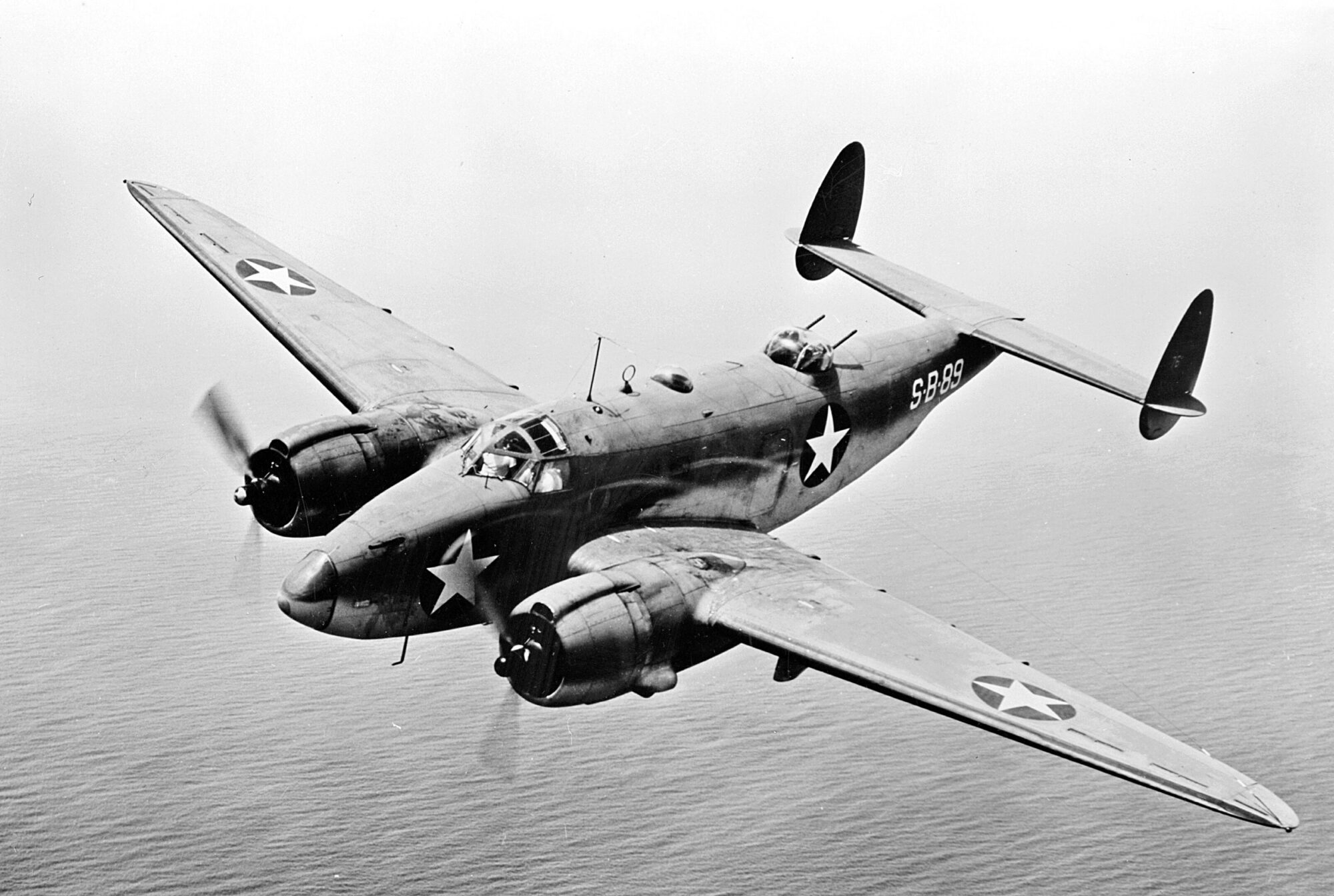
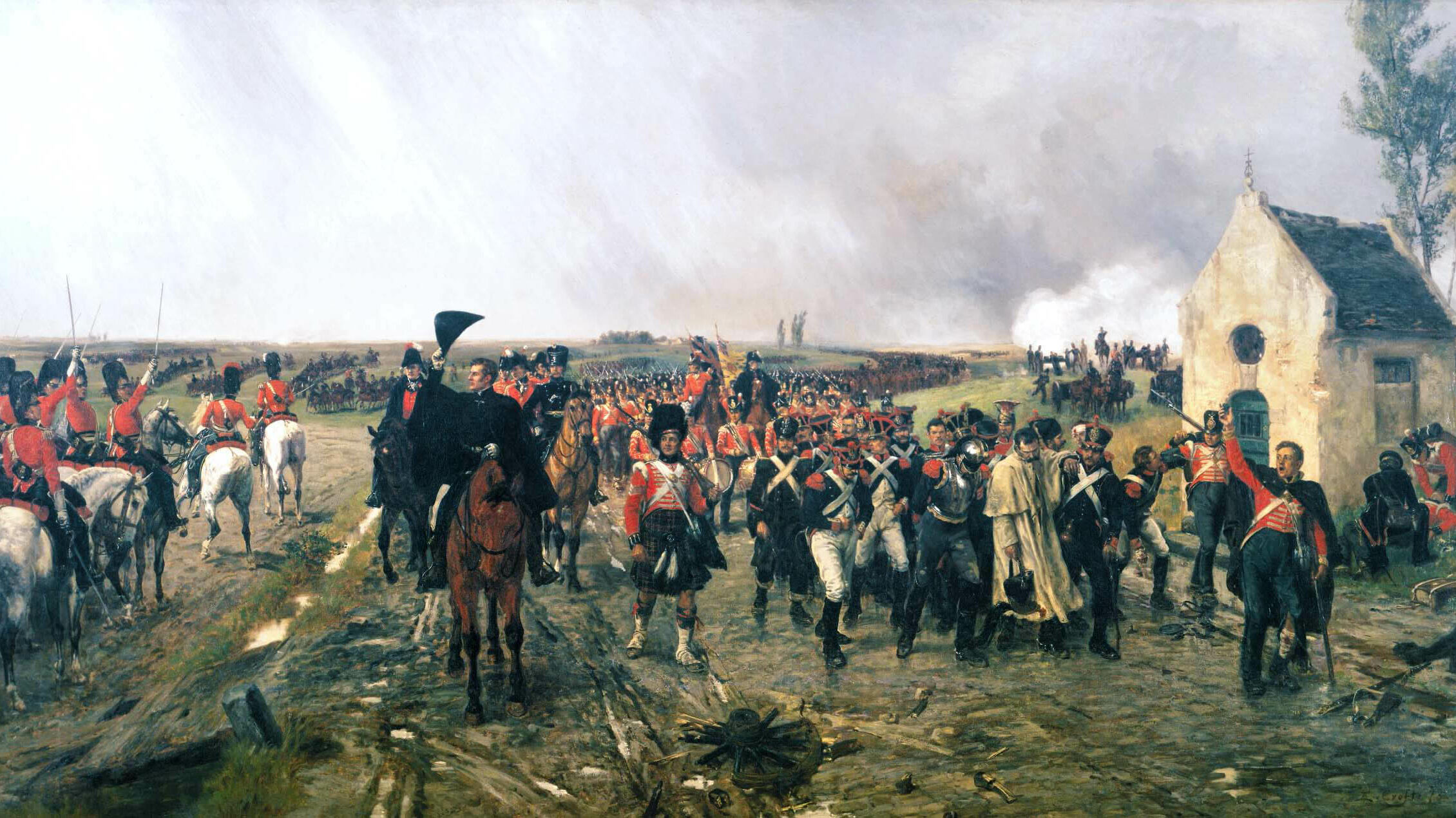
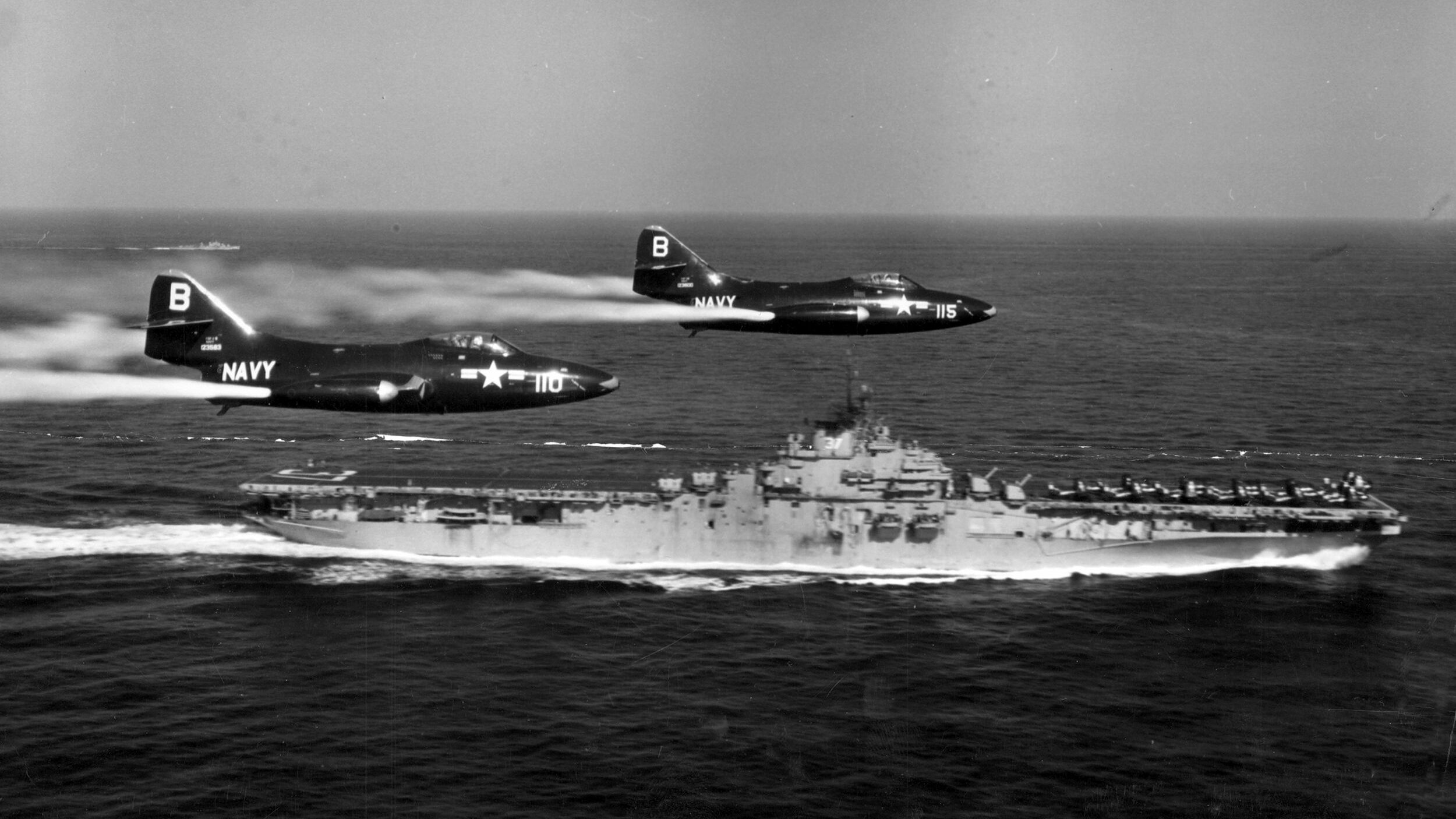
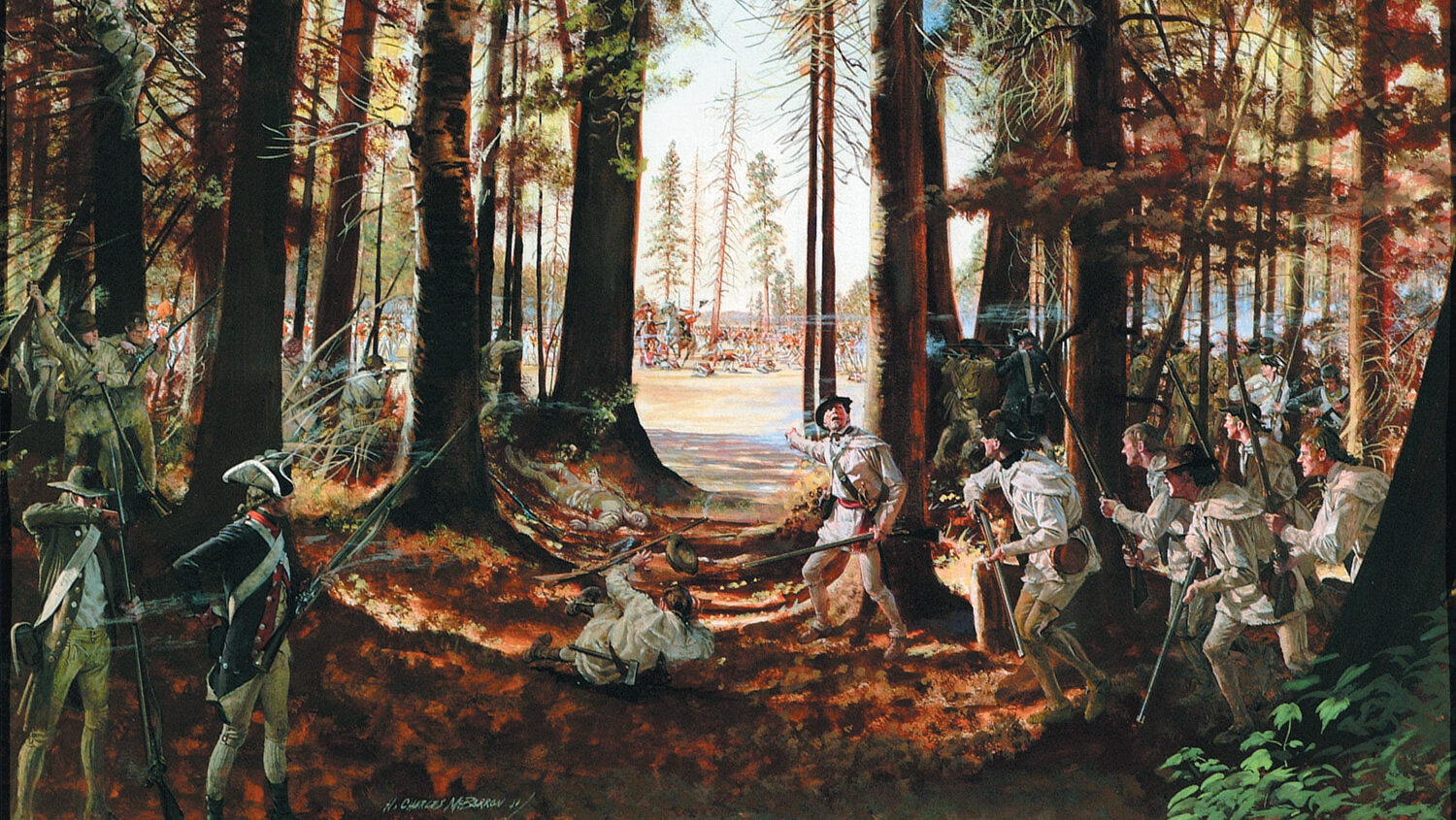
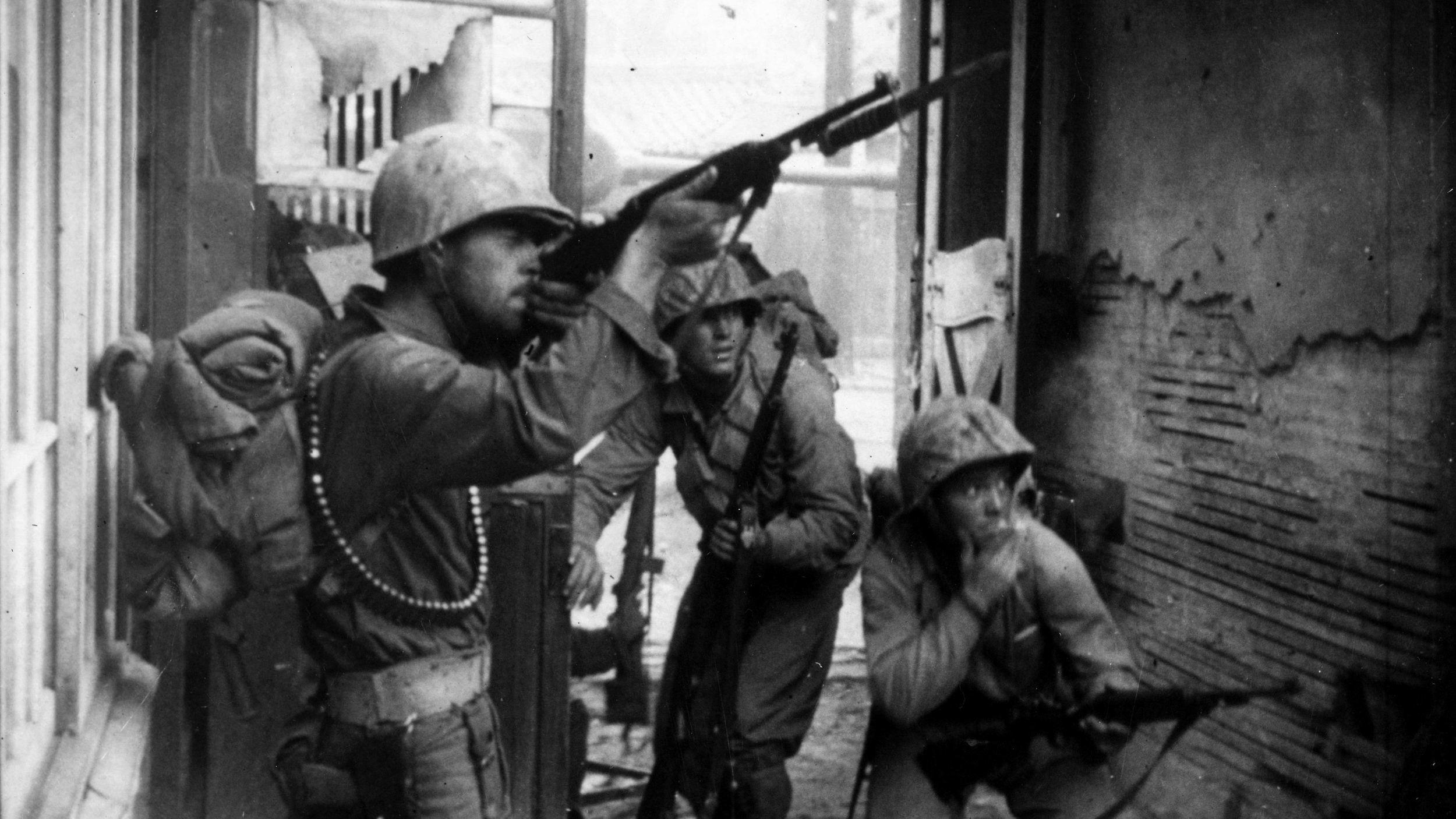
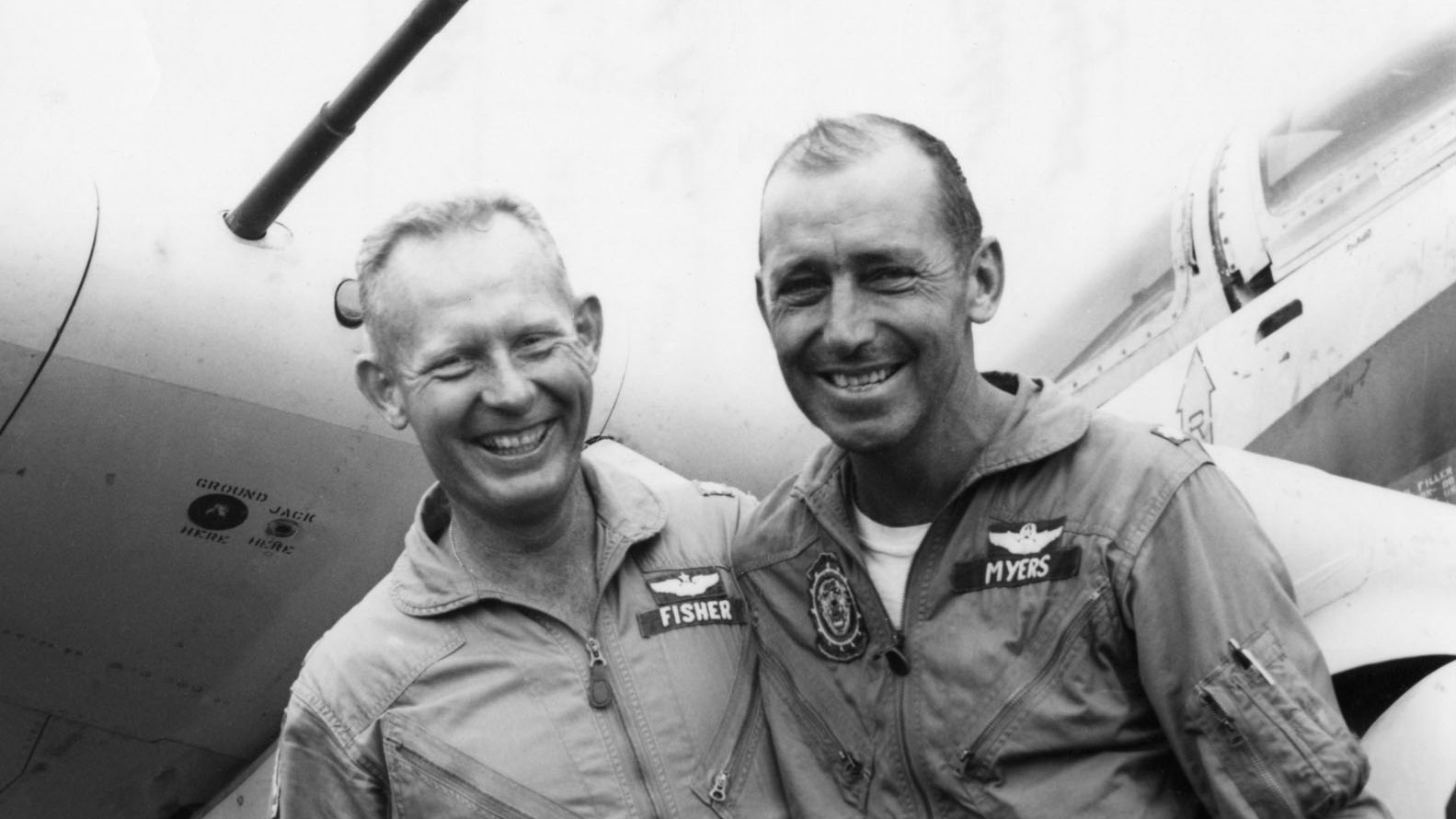
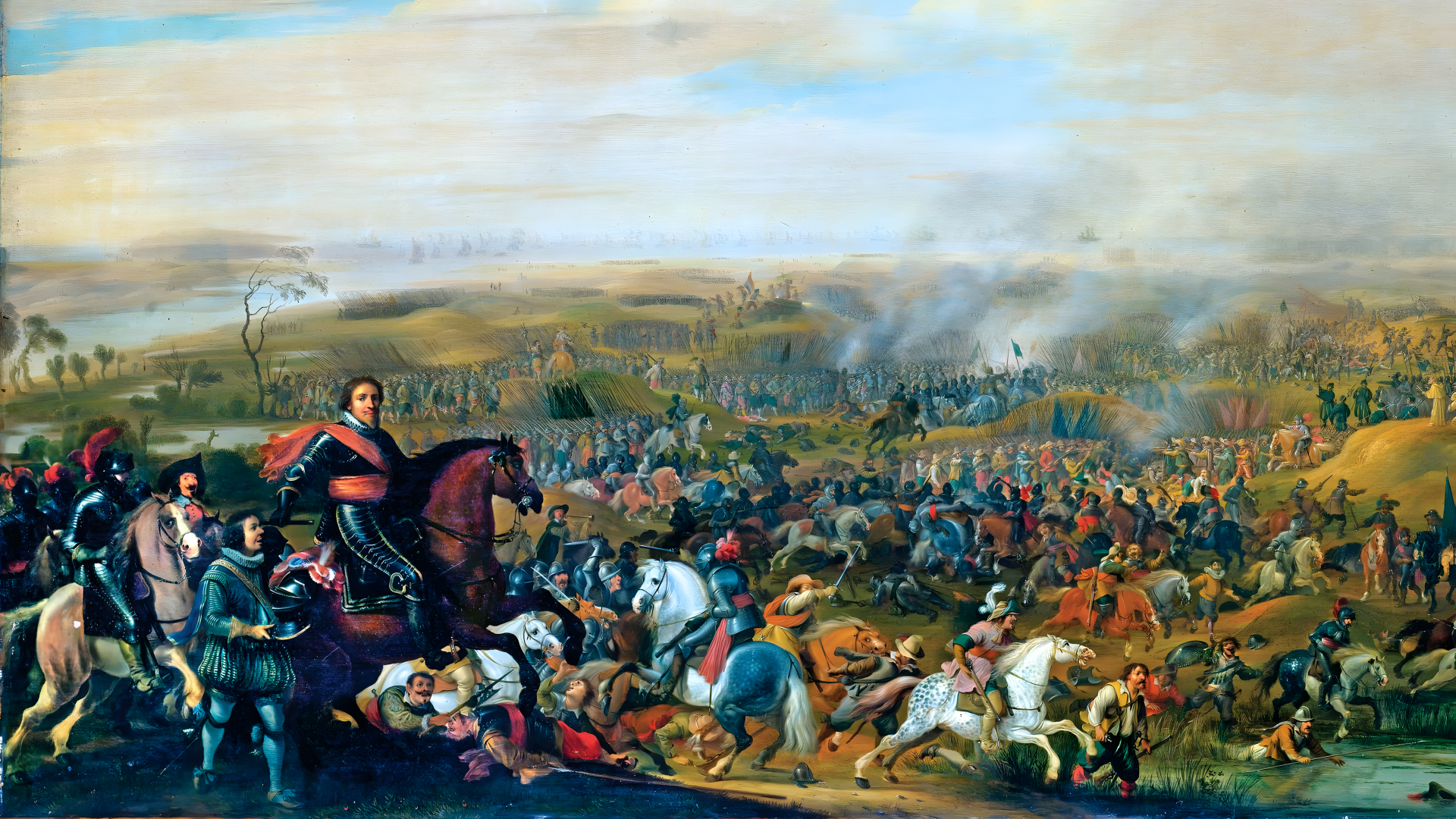
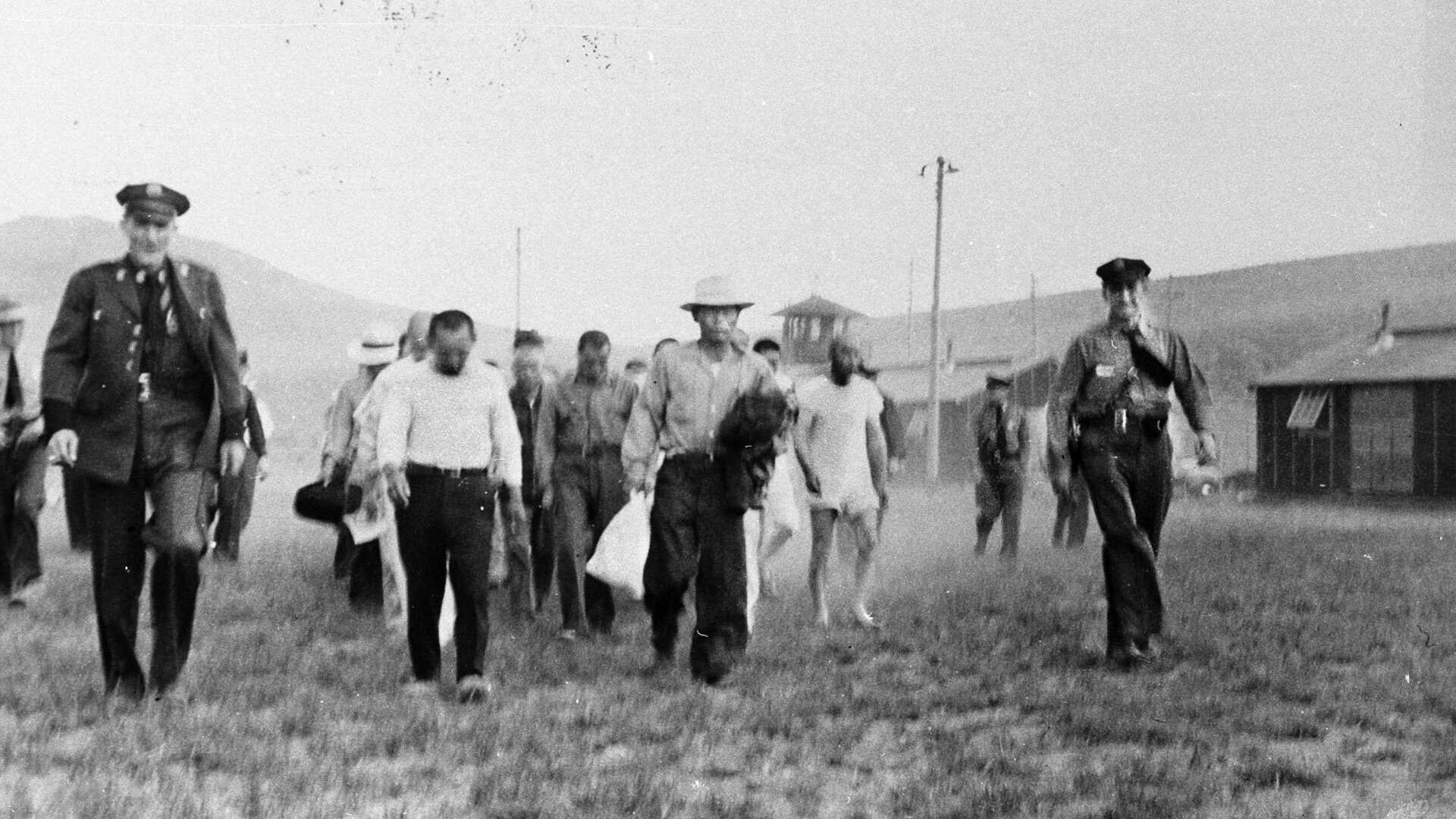
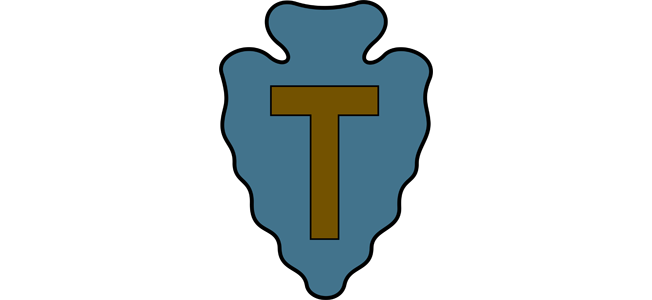
Join The Conversation
Comments
View All Comments